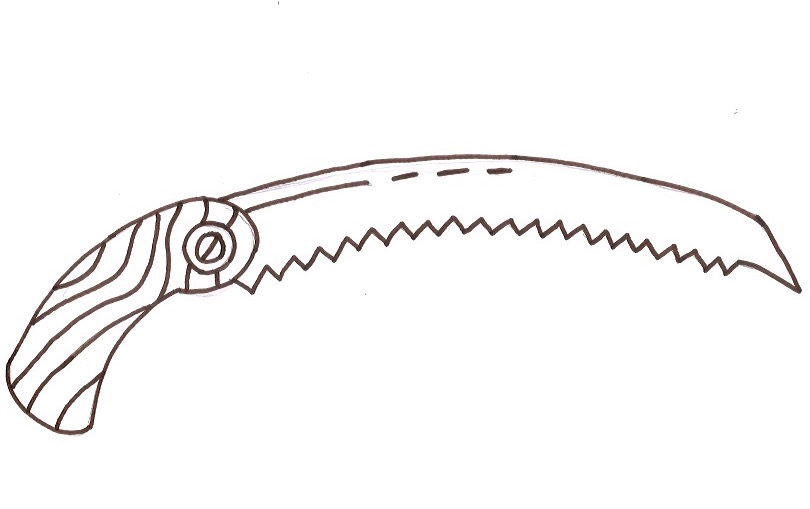T.S. Elliot wrote, “Immature poets imitate; mature poets steal; bad poets deface what they take, and good poets make it into something better, or at least something different. The good poet welds his theft into a whole of feeling which is unique, utterly different from that from which it was torn.”
One of the first true insights into our own authenticity is that from where we derive it, from those things that deeply inspire us and move us to create and craft the things we do. Wether you call it mentorship, or education, or guidance, or simply the things or people that inspire you; as author Austin Kleon admits in his book Steal Like An Artist, “Nothing is original” (page 7). We read, and then we write. We watch, and then we dance. We listen, and then we play. Everything we make, and everything we do, in fact comes from somewhere, or someone else.
The people and places from which we gather our creative shards in order to create a larger mosaic are indisputably critical to our own authenticity. As Elliot points to above, it is that new feeling in which the artist arrives at- something utterly different-that defines what authenticity is. Although it is made of all those tiny pieces that we have acquired, magically, it is something new and different. This is undoubtedly the creative process. So then authenticity is in large part a journey of collection.
Of course, that’s a rather condensed and simplified version of a process that is not easily perfected. Here I look to Anne Lamott’s book Bird by Bird and what she has to say about perfectionism and the artistic process, “…perfectionism will ruin your writing, blocking inventiveness and playfulness and life force…Perfectionsim means that you try desperately not to leave so much mess to clean up. But clutter and mess show us that life is being lived,” (Lamott, 28). Life force. I love that term, and I think it is one of the key qualities in finding authenticity. Clutter and mess do indeed show us that life is being lived. I love to watch my four year old son drawing and making art, a voracious process: paper and paints scattered everywhere, scissors snipping, different colored cotton balls and feathers and hackle floating throughout the air, running from room to room for more paper, more markers, more glue! The end product is magnificent because of that life force which sparked the explosion. Perfectionism resides not so much in the first or second draft, but in that all-consuming, euphoric process of life being lived. Lamott reminds us that art “needs to breathe and move,” (29).
Paul Jarvis writes in Company of One that, “people can copy skills, expertise, and knowledge, which are all replicable with enough time and effort. What’s not replicable is who you truly are-your style, your personality, your sense of activism, and your unique way of finding creative solutions to complicated problems. So lean on that in your work. Sell your way of thinking as much as you would a commodity,” (Jarvis, 104). After all, authenticity is simply who we really are. It is, once again, that new thing we arrive at after an ongoing collection process. Does the search for authencity really ever end? Regardless, it’s the one thing that can’t be taken away.
I think in some ways authenticity will naturally lead to integrity. That is to say if we are collecting from the right sources, mentors, friends, family etc. In some ways I even think that authenticity and integrity are synonymous: they both point to a feeling of being real, unique; something that can be trusted. Trust, it seems, looms behind both authentic individuals who are ultimately defined by integrity. True to us, true to them.
Jarvis writes that “a broken promise balloons outward, like our ever expanding universe: you ruin not just your relationship with one potential client or contact but your chance to work with everyone else they know,” (122). Broken promises no doubt lead to broken systems and ultimately failed systems, whether they be businesses or friendships or individual contracts. The importance or maintaining your word and your promise speaks volumes about what you do and about who you are. In a sense, your word, is the culmination of both your integrity and authenticity. There is no more powerful thing in the world than people being able to trust you-to know they are getting something real.
This is not a five minute round, but rather a test of endurance. We need to always keep going. Discovering qualities in ourselves like authenticity and integrity is revealed in the daily grind of settling into our own processes that we develop over time. The process doesn’t necessarily need to be neat and tidy by any means. Again, Lamott reminds us that perfection is the enemy. Life is chaotic. Let’s get to work everyday. Keep your promises, especially to yourself, and accept who you are and how you are. Tell people who you are and how you are, and why you are. Kleon reminds us, “Don’t throw any of yourself away,” (68). We can learn a lot by not hiding from ourself. Sound advice for self discovery. After all, how can you find your most authentic self if a small morsel is missing? Each tiny quirk about us is special, so rather than cutting something out, use every little piece to build a larger work of art.
In closing, one of my all time favorite quotes from Jack Kerouac:
“The only people for me are the mad ones, the ones who are mad to live, mad to talk, mad to be saved, desirous of everything at the same time, the ones who never yawn or say a commonplace thing but burn, burn, burn like fabulous yellow roman candles exploding like spiders across the stars and in the middle you see the blue center light pop and everybody goes ‘Awww!'”




Leave a Reply
Your email is safe with us.